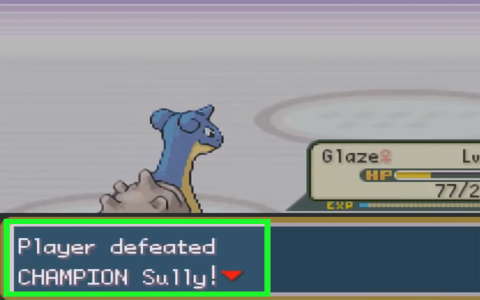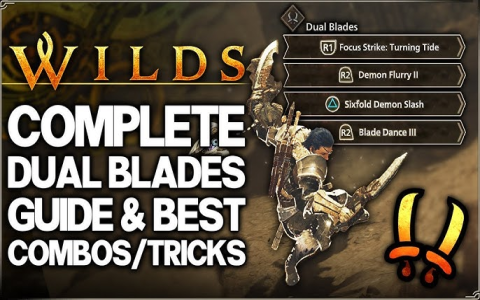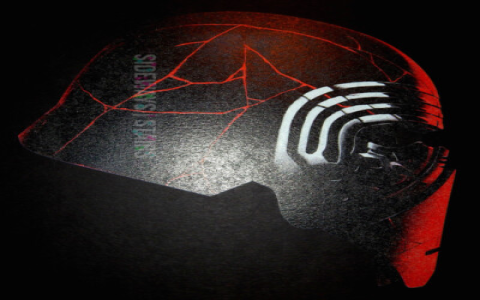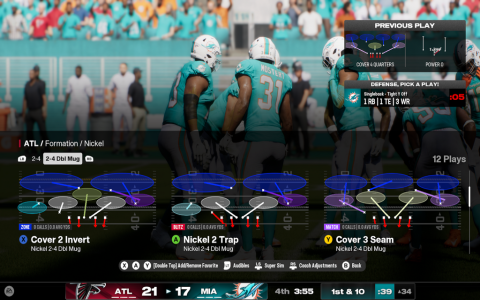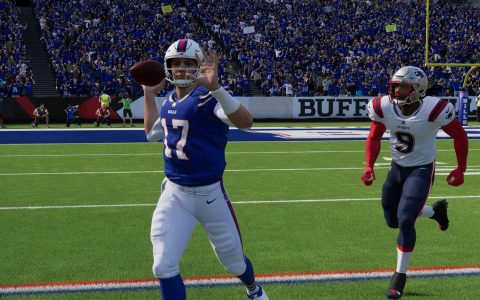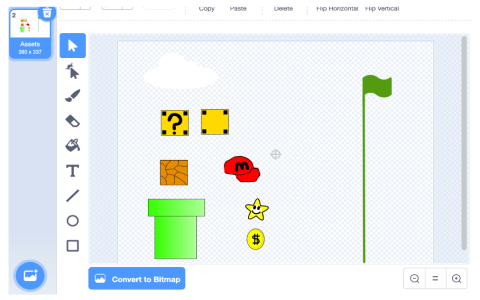So today I finally got around to testing my pile of gum erasers. You know those gray rubbery blocks that look like chewing gum? I’ve had them sitting in my art drawer forever but never really used them right. Always ended up smearing pencil marks everywhere and getting frustrated. Figured it was time to actually figure out how these things work.
The Disaster Phase
Grabbed my sketchbook from last week’s figure drawing session. Tried erasing some guideline marks with a new gum eraser straight out the wrapper. Total mess. Left gray smudges all over the page and little eraser crumbs everywhere. Pressed too hard in one spot and actually tore the paper. Felt like throwing the damn thing out the window.
The Lightbulb Moment
Remembered my old art teacher saying “treat it like patting a puppy, not scrubbing a pan”. Dug out three types I had:
- The rectangular one from the art store
- A cylinder-shaped drafting eraser
- That pencil-shaped one with the brush on the end
Started experimenting on scrap paper instead of my actual drawings.
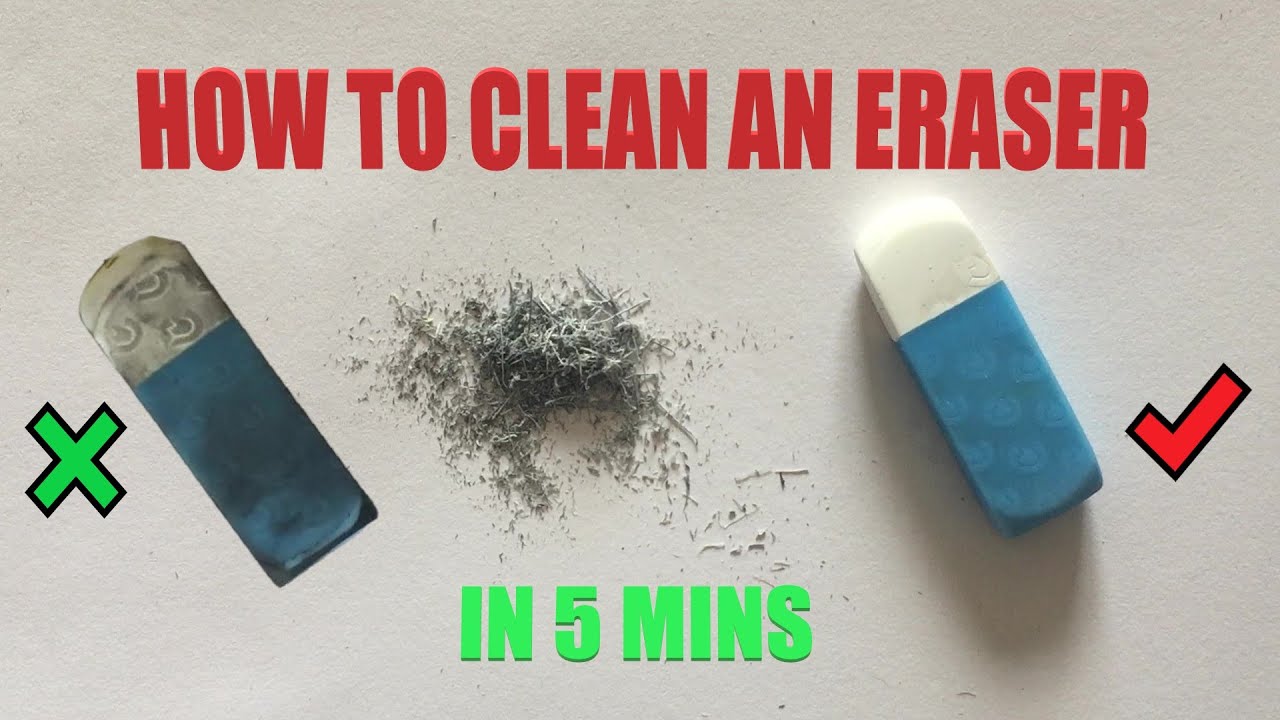
What Actually Worked
First I kneaded the rectangle eraser like playdough for a minute. Made it way softer and stickier. Instead of rubbing, I did light dabbing motions – like tapping piano keys. Crazy how that lifted graphite without smearing. For small details, I pinched the cylinder eraser into a point instead of using the pencil one. Way more control.
When crumbs built up, I tried blowing on the paper like an idiot before realizing the brush attachment on the pencil eraser actually works. Just two gentle sweeps cleared the debris without smudging. Big revelation: slightly warming the eraser by rubbing it between my hands for 10 seconds made it erase darker lines in one pass.
The Gamechanger
On my watercolor paper tests, I found dampening the tip of the eraser with a barely wet cloth (like barely touching it to a damp sponge) helped remove stubborn marks without damaging the surface. But only on thick paper – regular sketchbook paper turned into mush. Saved me from ruining that final landscape piece when charcoal lines wouldn’t budge.
Now I keep the rectangular one kneaded and soft in an old mint tin, the drafting cylinder for tight spots, and actually use that brush tip regularly. No more ripped paper disasters. Feels good finally understanding a tool that’s been collecting dust for months!
